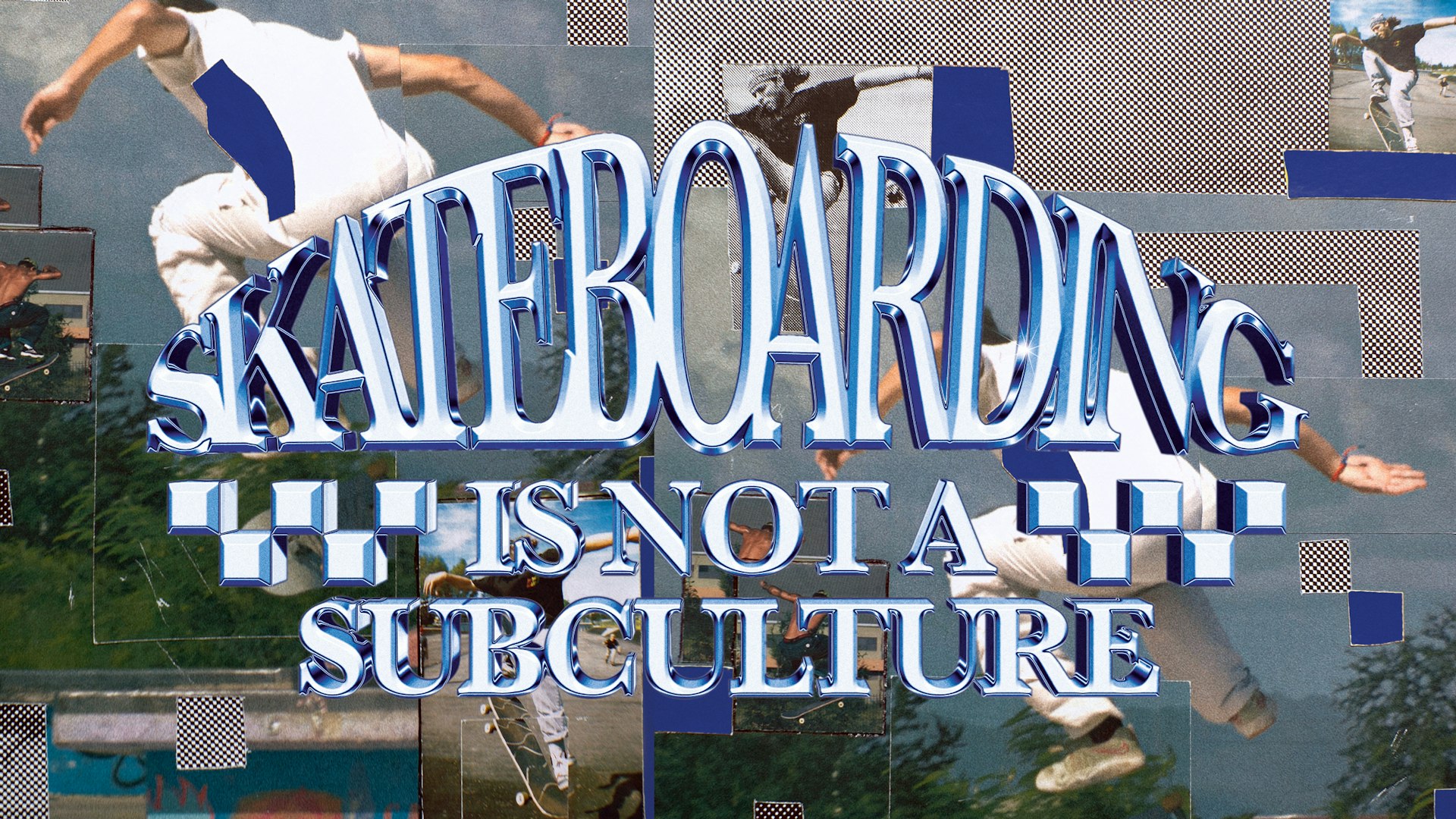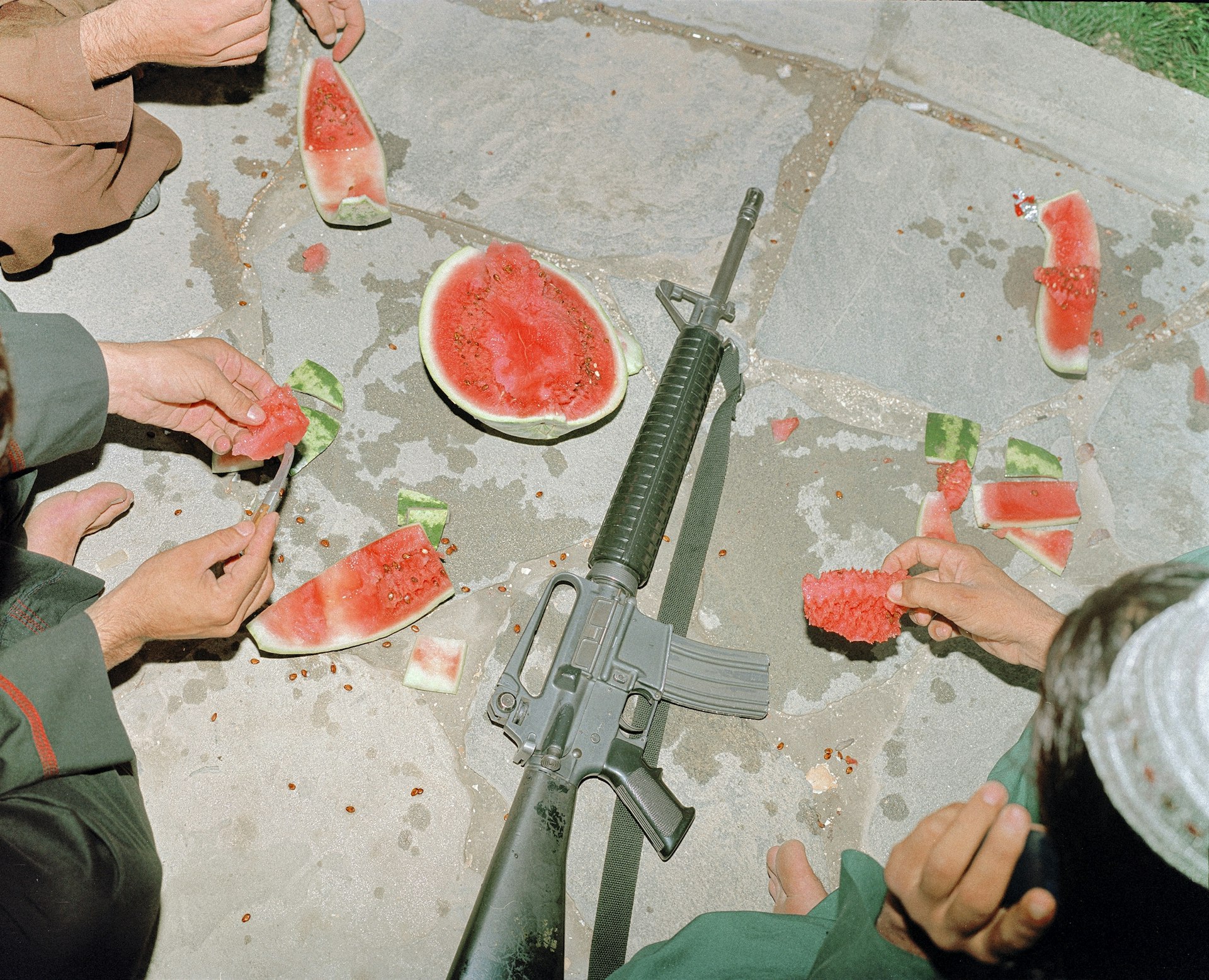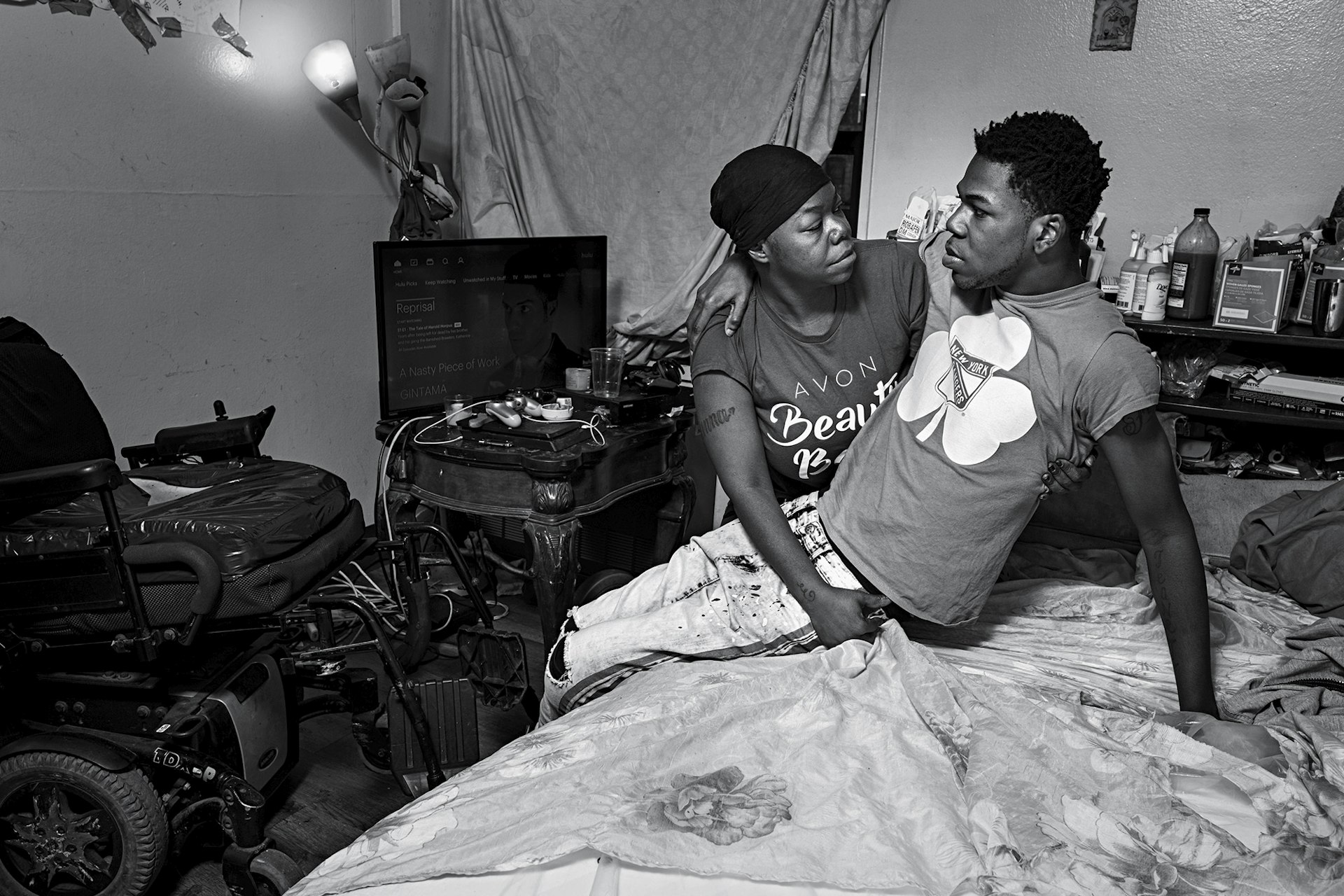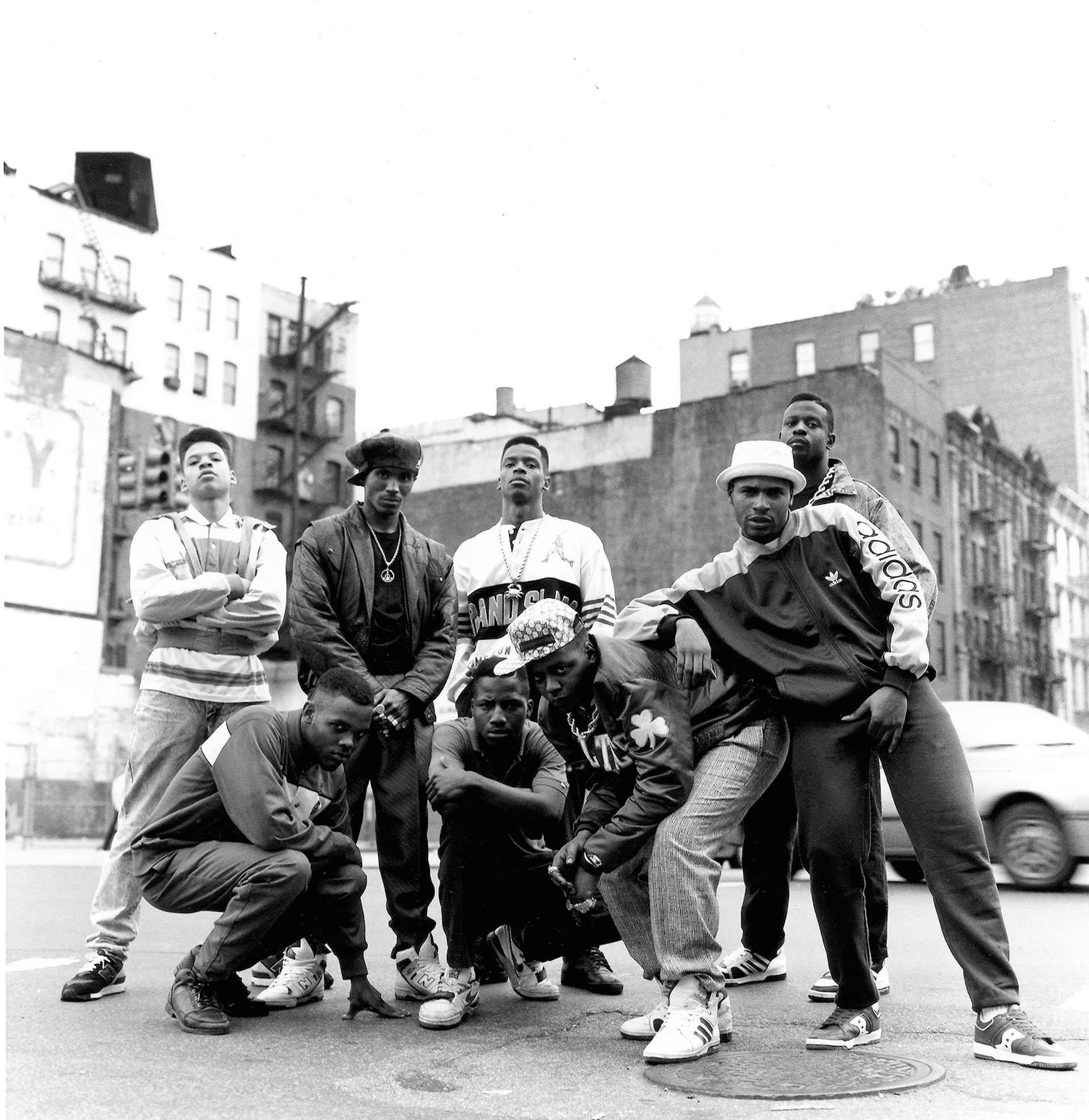Photos of heady nights in a South London club in the ‘90s
- Text by Miss Rosen
- Photography by Rachel Megawhat

As a teen, Rachel Megawhat got her start working as a photo assistant in a studio. “It was a bit of an odd set up,” she says. “By the time I got my own camera at 20, I had mad levels of film and technical camera knowledge but very poor social skills.”
Too shy to carry her camera in public, Megawhat found her lane taking photo commissions and bar work, doing book covers, magazine illustrations, and the odd portrait, as well as visuals for London nightclubs in the early 1990s.
“A lot of people have heard of Ministry of Sound, which was opened in 1991,” she says. “Mainstream rave came in then – a scene co-opted for profit. Lesser known to the world was the squat rave, which I came up through. My normal was pretty out there.”

In the mid-90s, Megawhat landed a job documenting the scene at the Imperial Gardens in South London. Located inside the railway arches at Camberwell, the Imperial brought artists like Daft Punk, Massive Attack, and Mica Paris to the stage, attracting luminaries such as Lauryn Hill, Björk, and Goldie at shows.
Songwriter Marcia Ambrosius, who co-wrote ‘Butterflies’ with Michael Jackson, took to the stage at the Imperial for the first time, before launching her career with neo-soul group Floetry in 1997. “I remember Marsha came [to the club] with a big group of family down from Liverpool. She was very young, shy and then that voice was actually spine-tingling,” says Megawhat, who witnessed her historic debut.
With the recent publication of Imperial Gardens London 1990s (Café Royal Books), Megawhat looks back at a bygone time in nightlife history. Between 1995 to 1999, she worked random nights, sometimes months apart, shooting up to four rolls of color slide film. Proud to be a “jobbing photographer,” Megawhat got the gig doing the first promo flier for the club. From there, things took off.

“It was a real bootstrap thing built up gradually on a shoestring. They would get me in to do pics as they built each bit; it went from one arch and grew to cover four,” she says. “I remember the club as a place I loved going. There were fashion shows, showcases, always some type of creative exchange happening there.”
The Imperial proved to be the perfect environment for Megawhat to cultivate her talent and skills. “I do not think I would ever have built the confidence using a camera in public, had my later press career, or done the work around tech city hackathons without that space and time to grow skills in the nightclub shadows,” she says. “In fact, the very first protest photography I did was in 1997 for Reclaim the Streets, which were literally protests for the right to maintain the party scene at root level.”
As it so happened, Megawhat met the father of her sons at the Imperial. “Photos of our babies are at the end of the rolls of film I shot at the club,” she says. “A photographer’s life.”




Imperial Gardens London 1990s is out now on Café Royal Books.
Enjoyed this article? Like Huck on Facebook or follow us on Twitter.
Latest on Huck

“I refuse to accept child poverty is a normal part of our society”: Apsana Begum MP on voting to scrap the cap
After seeking to “enhance” the King’s Speech by voting for the scrapping of the controversial two child benefit cap, the MP for Poplar and Limehouse lost the Labour Whip.
Written by: Apsana Begum

Is skateboarding really a subculture anymore?
With skate’s inclusion in the Olympics, Kyle Beachy asks what it means for the culture around the sport, and whether it’s possible to institutionalise an artform.
Written by: Kyle Beachy

Autism cannot be cured — stop trying
A questionable study into the ‘reversal’ of autism does nothing but reinforce damaging stereotypes and harm, argues autistic author Jodie Hare.
Written by: Jodie Hare

Bristol Photo Festival returns for second edition
After the success of it’s inaugural run, the festival returns this autumn with exhibitions, education and community programmes exploring a world in constant motion through still image.
Written by: Ben Smoke

Documenting the life of a New York gang leader paralysed by gun violence
New photobook ‘Say Less’ is a complex yet humanising look into a life wrecked by gun violence and organised crime.
Written by: Isaac Muk

The woman who defined 80s Hip Hop photography
A new exhibition brings together Janette Beckman’s visionary and boundary pushing images of an era of cultural change and moral panic.
Written by: Miss Rosen